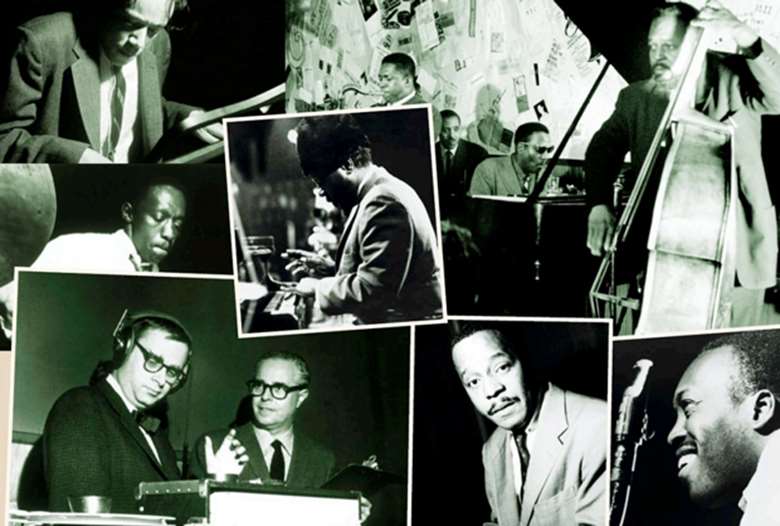Blue Note – the story of the best-loved record label in jazz
Tuesday, October 6, 2015
Beginning in an unlikely way in New York in the year World War II broke out with a boogie-woogie record, by the 1960s Blue Note had created an identifiable sound which has to this day continuing relevance in a world where most music is forgotten about just weeks after release.


Register now to continue reading

Thank you for visiting Jazzwise.co.uk. Sign up for a free account today to enjoy the following benefits:
- Free access to 3 subscriber-only articles per month
- Unlimited access to our news, live reviews and artist pages
- Free email newsletter